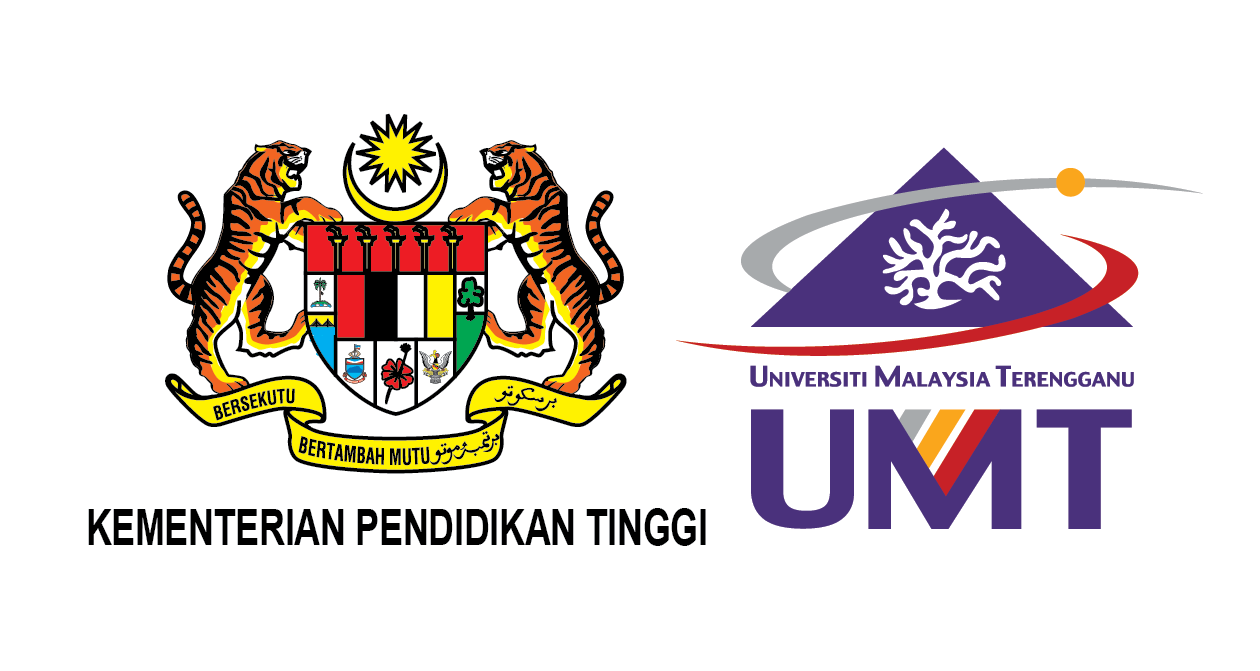Please use this identifier to cite or link to this item:
http://umt-ir.umt.edu.my:8080/handle/123456789/7088Full metadata record
| DC Field | Value | Language |
|---|---|---|
| dc.contributor.author | LAVANIA, B. | - |
| dc.contributor.author | AKIRA, K. | - |
| dc.contributor.author | AZMAN, S | - |
| dc.contributor.author | MOHD SAID, M.l. | - |
| dc.contributor.author | HARON, Z. | - |
| dc.date.accessioned | 2017-10-04T04:49:34Z | - |
| dc.date.available | 2017-10-04T04:49:34Z | - |
| dc.date.issued | 2012 | - |
| dc.identifier.issn | 18238556 | - |
| dc.identifier.uri | http://hdl.handle.net/123456789/7088 | - |
| dc.description.abstract | Experimental tank cultivation ofGracilaria edulis has been performed without processing for seedlings. Based on logistic growth model, homogeneity and heterogeneity ofgrowth were tested. The analysis was performed through a model selection approach with numerically- partitioned active biomass data. Based on the R2 coefficient, the active and inactive biomass for vegetative propagation was 0.25% and 99.75%, respectively. The active portion ofbiomass was employed to logistic model showing R2 coefficient of 0.9963. The results provide a concrete reason for the needs to activate biomass, and to manage the maximum sustainable yield in a phytoremediation system. | en_US |
| dc.language.iso | en | en_US |
| dc.publisher | Journal of Sustainability Science and Management | en_US |
| dc.subject | Growth rate | en_US |
| dc.subject | Logistic model | en_US |
| dc.subject | Macroalgae | en_US |
| dc.subject | Productivity | en_US |
| dc.title | SHORT COMMUNICATION GRACILARIA EDULIS AS PHYTOREMEDIATION AGENT TO IMPROVE SHRIMP POND WATER QUALITY | en_US |
| dc.type | Article | en_US |
| Appears in Collections: | Journal Articles | |
Items in UMT-IR are protected by copyright, with all rights reserved, unless otherwise indicated.

